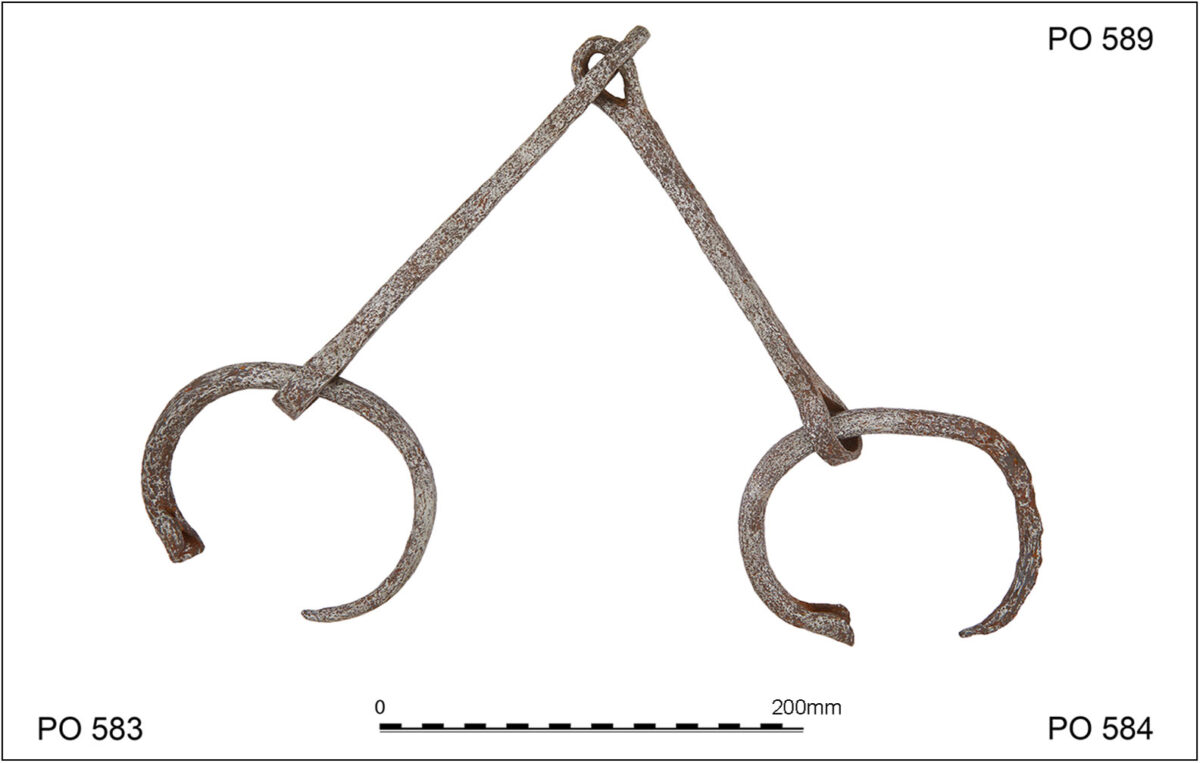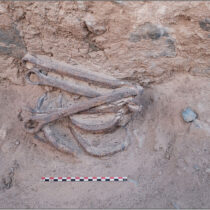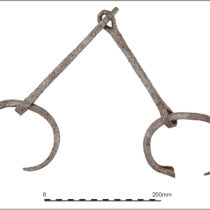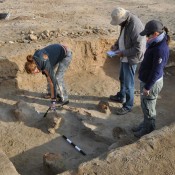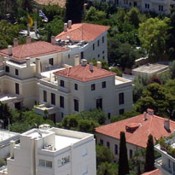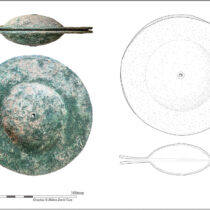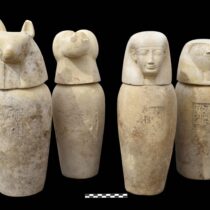B. Redon, “Iron shackles from the Ptolemaic gold mines of Ghozza (Egypt, Eastern Desert)”, Antiquity. Published online 2025: pp. 1-7. doi:10.15184/aqy.2025.39
Abstract
Since 1994, the French Archaeological Mission at the Eastern Desert has excavated more than 20 sites in Egypt, focusing on Roman forts and Ptolemaic mining sites. Rich in natural resources, the region was heavily exploited in the Hellenistic Period (332–30 BC). Recent excavations at Ghozza reveal the harsh reality of mining.
The article by Bérangère Redon (Laboratoire HiSoMA, Maison de l’Orient et de la Méditerranée Jean Pouilloux, Lyon, France) presents the Early Ptolemaic period iron shackles which have been discovered in Ghozza, a 3rd c. BC gold mine in Egypt’s Eastern Desert.
“These shackles were not meant for restraining animals, as rope ties were typically used for that purpose in the Eastern Desert. Instead, they were designed for human use; when closed directly around a prisoner’s ankles, these shackles could not have been removed without assistance (…). While they allowed the hands to remain free, walking with them would have been slow and exhausting, particularly given their weight”.

